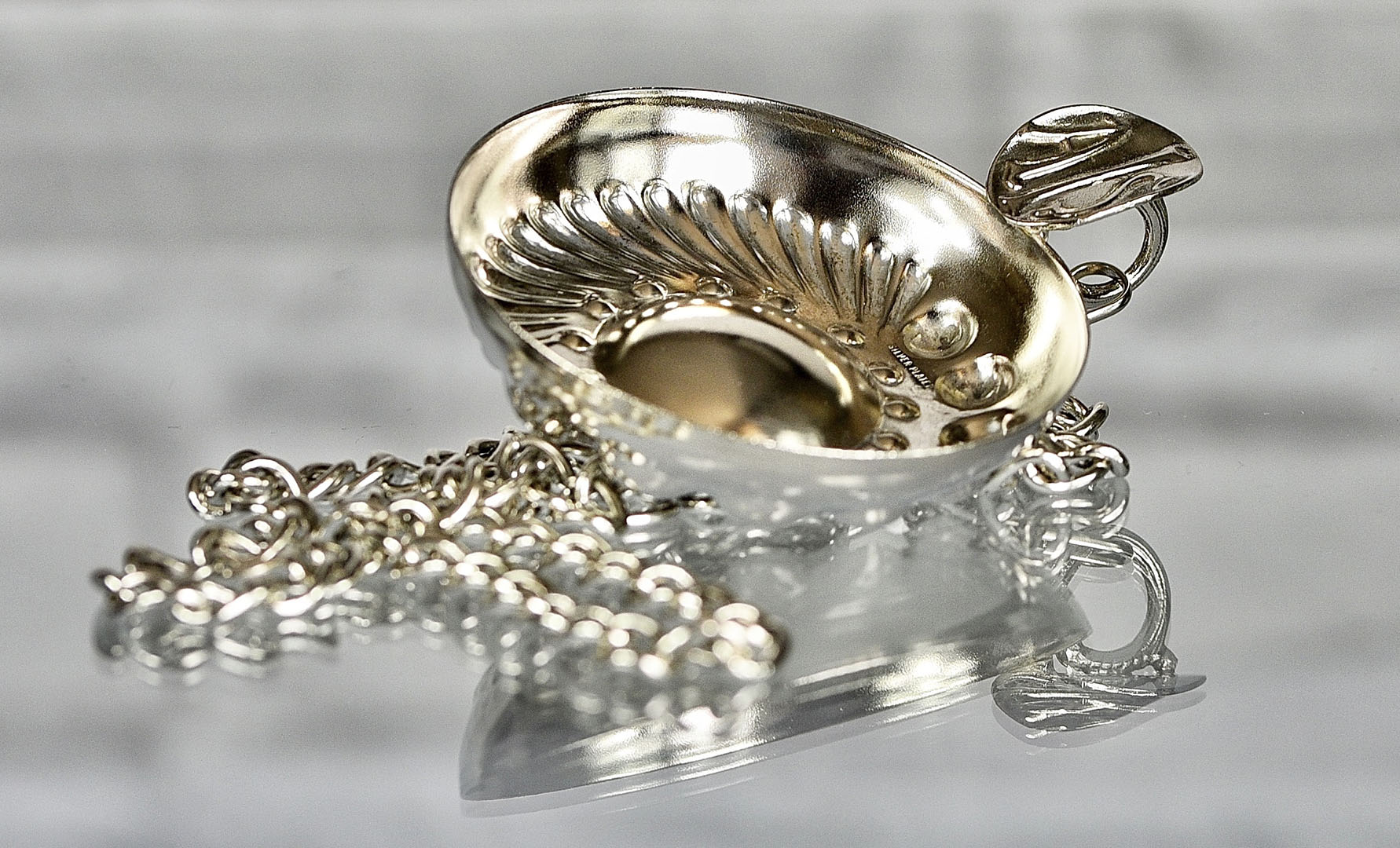Discover the tools of the Sommelier’s trade! Indispensable for their work, but also useful for a dinner with friends
The sommelier is the one who recommends the best wine and food pairings, and serves wine correctly at the table. They are essential, and their transversal skills span various disciplines.
To carry out their tasks in the dining room, sommeliers avail themselves of useful and, in some cases, indispensable tools: corkscrew, pliers, tastevin, thermometer, decanter, candle, ice bucket, and drop stopper.
Sommario
THE CORKSCREW
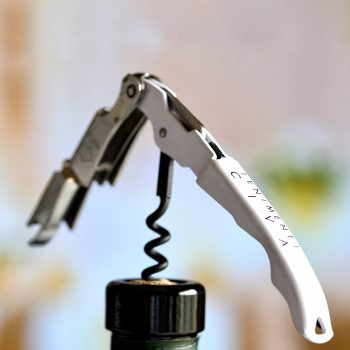
This is used to extract the cork from a bottle of still wine. There are different types on the market, but the professional sommelier uses a corkscrew with a handle about ten centimetres long and a foldaway stainless steel spiral with a sharp tip. This is inserted in the centre of the cork and twisted, taking care not to let it emerge from the other end, then the cork is removed. A napkin is wiped inside the bottle neck to remove any cork residues.
A small foldaway knife is incorporated into the handle of the corkscrew, and is used to cut through the metal capsule of the bottle at the height of the ring (or collar). Normally the corkscrew is also equipped with a bottle opener for crown caps (for example mineral water bottles).
CORK PLIERS
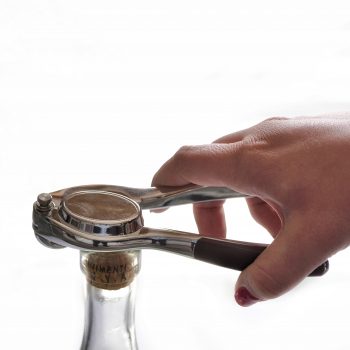 Used to extract the corks of sparkling wines. It usually has rounded edges that adhere to the cork and facilitate extraction. Some sommeliers do not use pliers to uncork bottles of sparkling wine, but having removed the wire muzzle on the cap, rotate the cork with the help of a napkin until it is completely extracted.
Used to extract the corks of sparkling wines. It usually has rounded edges that adhere to the cork and facilitate extraction. Some sommeliers do not use pliers to uncork bottles of sparkling wine, but having removed the wire muzzle on the cap, rotate the cork with the help of a napkin until it is completely extracted.
THE TASTEVIN
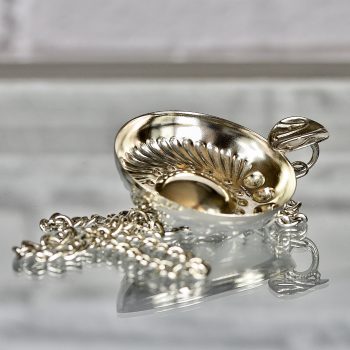
To investigate the characteristics of the wine – colour, nuances, flavour and taste – a tastevin can be used, even if a long-stemmed glass is usually preferred. The tastevin has more of a decorative function, and is part of a sommelier’s “uniform”. In fact, it’s worn around the neck hung on a chain.
It is made of silver, since this metal dissolves the sulphur dioxide found in young white and red wines. It has rounded edges, and a finger rest to help raise it to the mouth. In the centre there is a raised dome that must not be submerged when pouring in wine for tasting.
Around the dome are fourteen raised beads; these create small whirlpools, which allow the wine to oxygenate. There are also thin ribs on one side, and eight circular hollows on the other. The former are used to examine the reflections and nuances of white wines. The latter also aid visual inspection, an, make any suspended particles in red wines clearly visible.
THE THERMOMETER
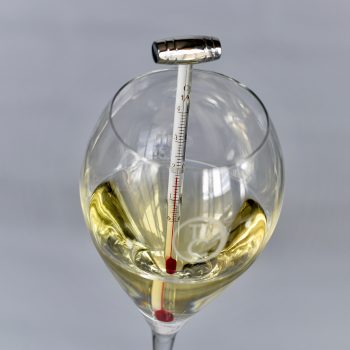
This is used to measure the correct serving temperature of wines in the dining room. After having poured some wine into the glass, the thermometer is inserted for a few seconds to record the temperature.
THE DECANTER and THE CANDLE
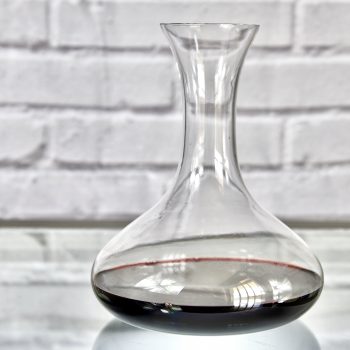
Aged wines may display a deposit at the bottom of the bottle. This is why, before serving, it is advisable to pour the wine slowly and gently into a decanter or carafe, avoiding sudden movements that could disturb any deposits.
Correct decanting involves placing a light source, usually a candle, below the neck of the bottle, so that any deposits can be seen as they approach the neck and pouring can be stopped before they end up in the decanter. The use of a carafe also has the function of oxygenating wines which have spent years in the oxygen-free environment of the bottle. This helps the wine to release all its aromas.
ICE BUCKET
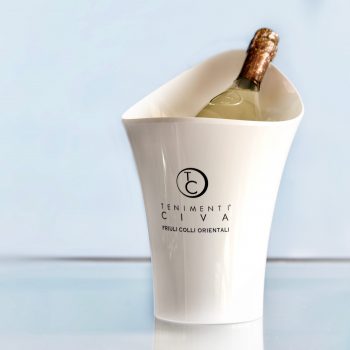
One of the rules to be observed in the correct serving of wine is to guarantee the right temperature for the whole time that the bottle is on the table. Every wine has its ideal serving temperature. To ensure the appreciation of its sensory profile, an ice bucket is often used, in order to maintain an acceptable temperature for white wines, but also for reds, which cannot be fully appreciated if served too warm.
DROP STOPPER or DROP CATCHER
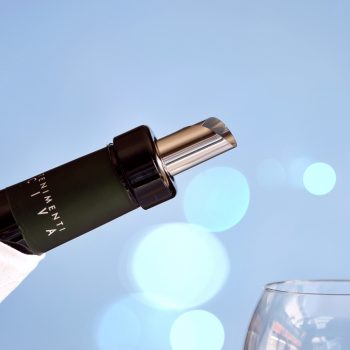
Drop stoppers are not popular with everyone, but in order to avoid staining tablecloths or diners when pouring the wine, a drop stopper may be useful. This small aluminium cylinder is inserted into the bottle neck; a small portion emerges, forming a sort of beak, from which the wine is poured into the glass.
Could it be interesting for you:
None found

